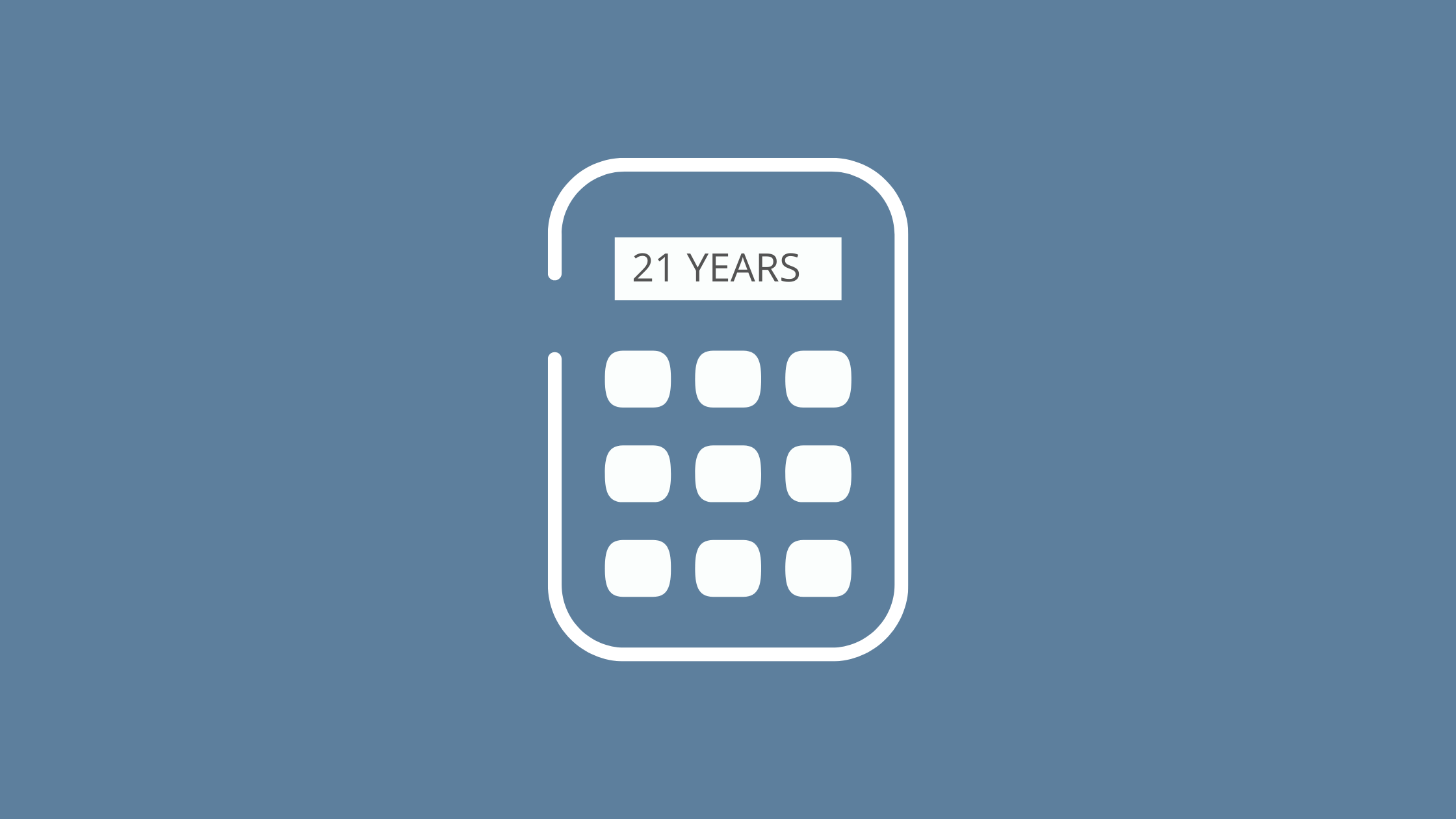Technology
Age Calculators: The Digital Revolution in Time Measurement
by Author
-
Saturday, December 9, 2023
129 Views
Hey there, fellow time travellers! Have you ever wondered how we graduated from marking time with sands slipping through hourglasses to effortlessly calculating our ages with just a few clicks? Join us on a journey through time and technology as we explore the fascinating evolution of age calculators.
The Genesis of Timekeeping: From Sundials to Birth Records
Ancient Timekeepers: Sundials and Water Clocks
In ancient civilizations, time was measured through sundials and water clocks, laying the foundation for understanding time’s passage.
Birth Records and Calendar Systems
The concept of age calculation emerged with the recording of birth dates, aligning with evolving calendar systems like the Julian and Gregorian calendars.
Transitioning to Analog Age Calculators
The Advent of Mechanical Calculators
Enter the mechanical age! Mechanical devices like slide rules and abacuses aided in age calculation, introducing more precise methods.
Paper and Pencil: Manual Calculations
Before digital reign, age calculation often involved manual computations, relying on calendars and mathematical formulas.
Digital Age: The Revolution in Age Calculation
Emergence of Electronic Calculators
In the 20th century, we witnessed the rise of electronic calculators, streamlining age calculations with speed and accuracy.
Birth of Software Solutions
With the digital boom, software-based age calculators became ubiquitous, offering user-friendly interfaces for effortless age calculations.
Evolution of Online Age Calculators and Apps
Online Platforms for Age Calculation
The internet era birthed online age calculators, providing users with easy access and instant age computation worldwide.
Mobile Apps and Accessibility
Mobile apps revolutionized age calculation, with specialized apps offering age computation, milestone tracking, and personalized features.
The Impact and Future of Age Calculators
Accessibility and Global Reach
Digital age calculators have transcended boundaries, enabling individuals worldwide to compute ages effortlessly.
Personalization and Advanced Features
Modern age calculators offer advanced features, allowing users to compute age in various units, track events, and even calculate age on different planets!
Embracing the Digital Timekeepers
The journey from sundials to digital-age calculators is nothing short of remarkable. Today, these digital timekeepers compute ages and resonate with the essence of our digitized lives.
So, the next time you effortlessly calculate your age with a tap or a click, remember it’s not just a number; it’s a convergence of history, technology, and the art of measuring time.






